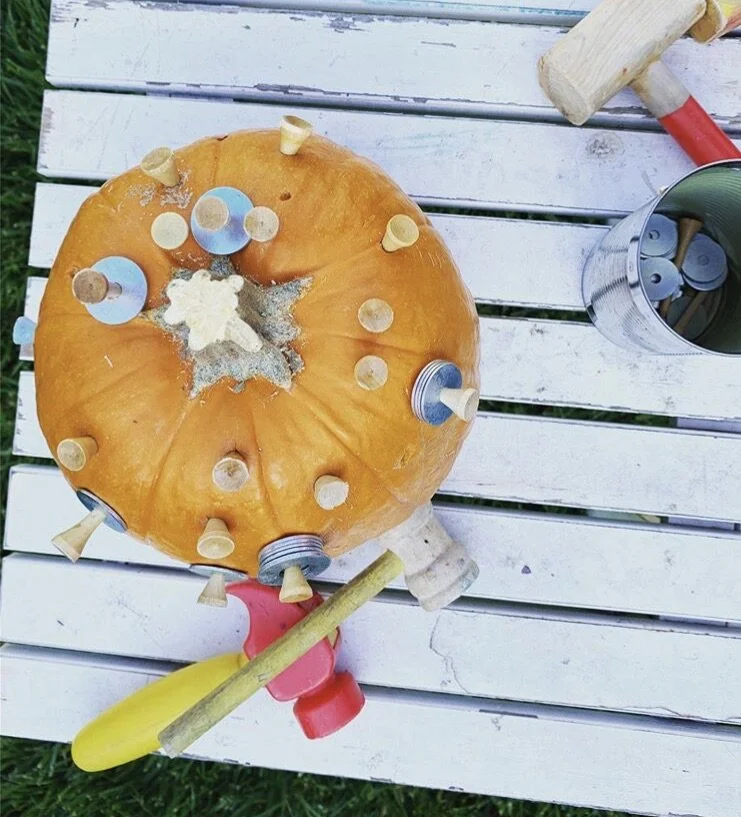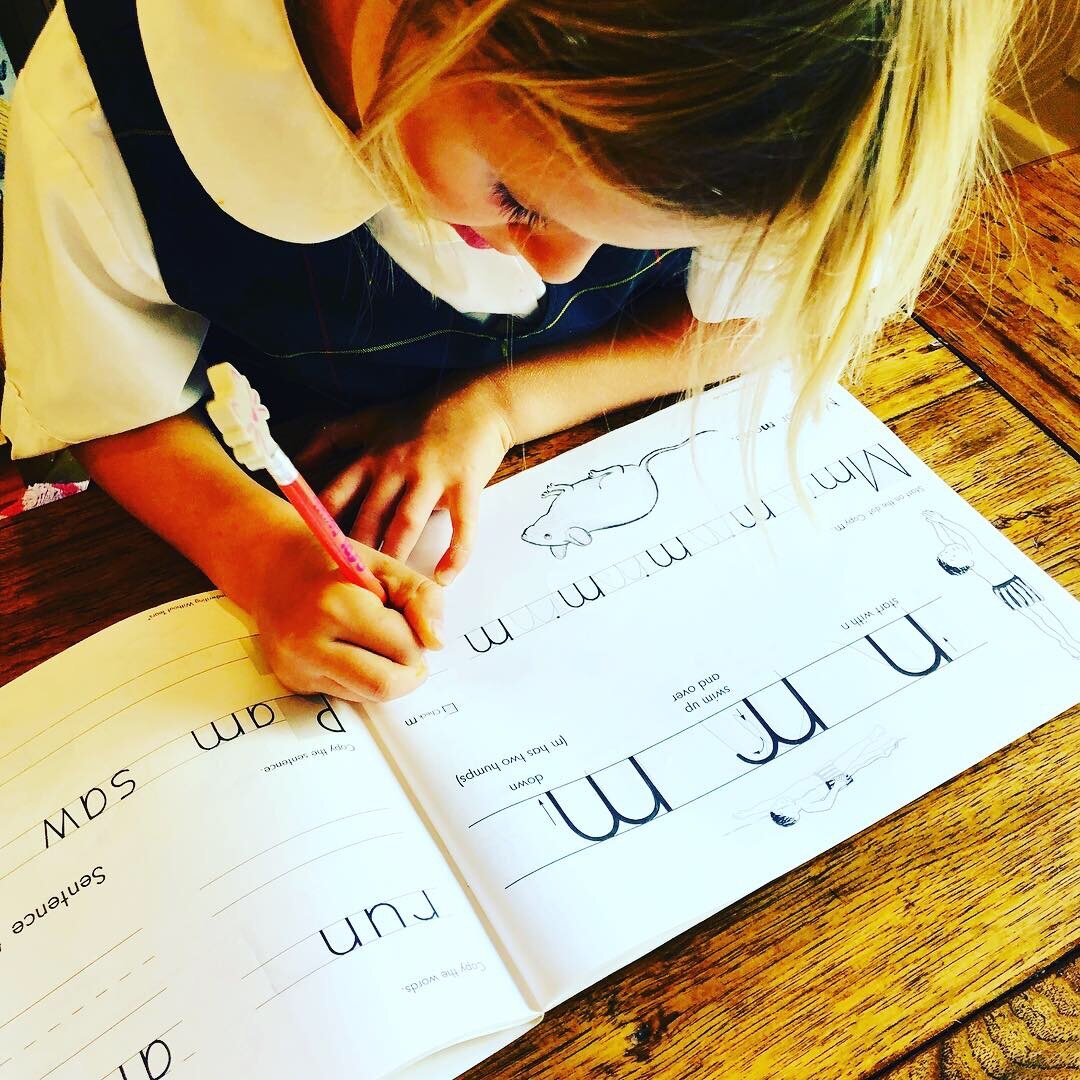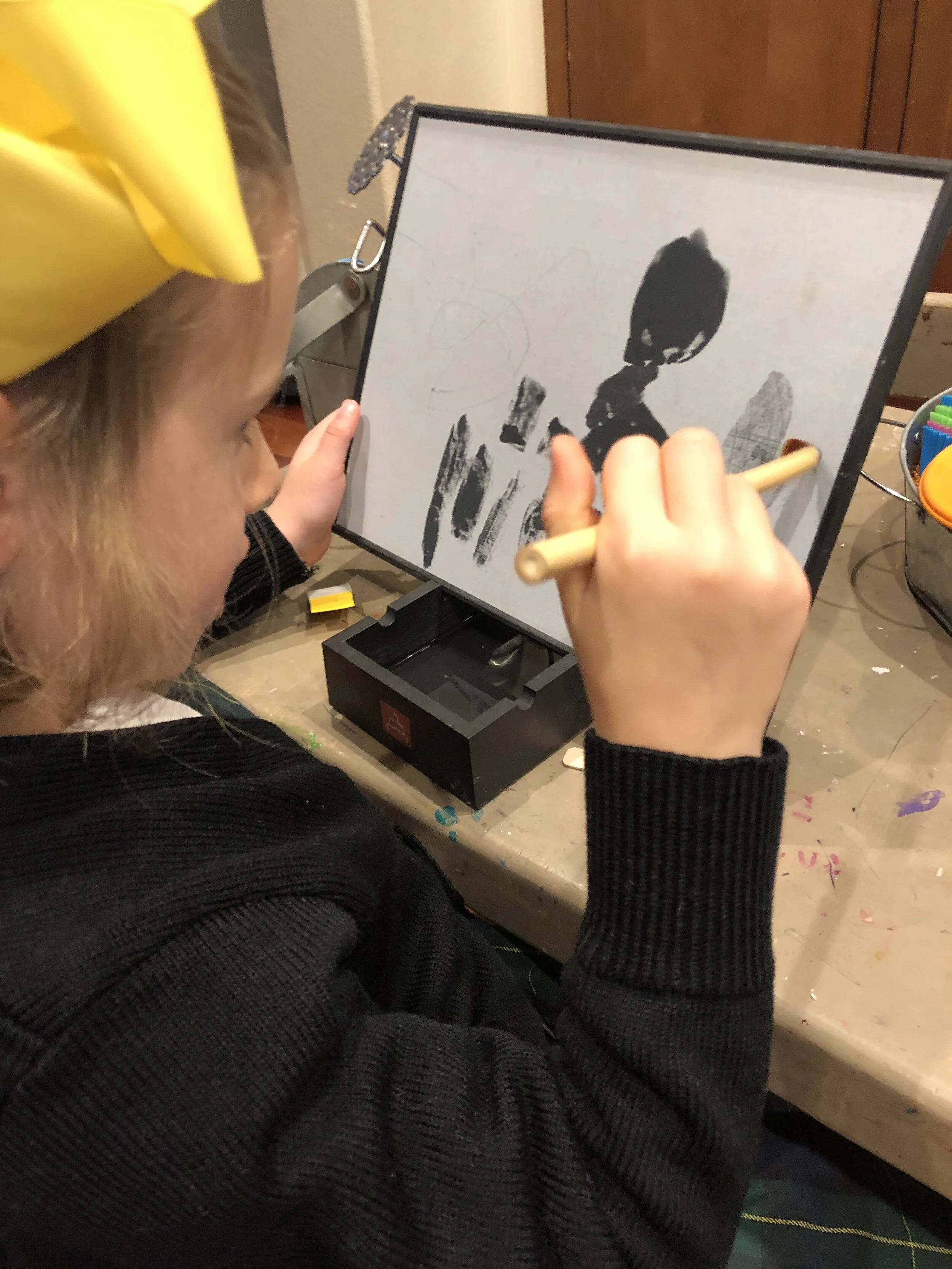I’m sure you have heard that Tummy Time is important for your baby.
What you may not know is how much Tummy Time you should do, what that exactly means, or why it is important. Tummy Time helps babies strengthen their back, neck, shoulder and eye muscles to reach developmental milestones such as sitting, crawling, eating, and visual tracking. It also helps children later in life to function in school settings because all of those skills relate back to their developmental milestones. Tummy Time also prevents plagiocephaly or flat head syndrome.
You may notice that your infant has automatic movements that OTs refer to as reflexes. We all have reflexes and they begin in utero and help newborns travel through the birth canal and immediately feed by suckling and eventually sucking.
Reflexes also help the infant move against gravity and pair their vision to movement, to name a few purposes our reflexes serve. As babies grow, these reflexes become integrated to allow for more complex movements. Tummy Time helps with this because babies are feeling the force of gravity and how their movements can develop when placed in this position.
So how much Tummy Time should you do?
0-3 months:
The American Academy of Pediatrics recommends up to 1 hour of Tummy Time per day up to 3 months old. This is done over the course of the day and can be done in small increments.
Here are a few ideas:
lay your infant on your lap to burp them, carry them in a football hold, lay down facing your infant so they can see you and hear you while you talk to them, place them on the tummy after each diaper change for a quick minute. You should notice that your infant can lift their head somewhat while on their tummy.
By 3 months of age you can bolster your infant during Tummy Time by placing a rolled up towel under their chest with their chin and arms over it. Always supervise your baby during Tummy Time and especially when using a bolster. Side lying is another position that can be used with your 3 month old. Use a rolled up towel to support the baby’s back and be sure the arms are out in front to encourage reaching.
Side lying tummy time- use a rolled up towel behind the baby.
4-6 months:
This is a good time to use a mirror during Tummy Time! By now your infant will be able to push up onto their forearms and lift their head 90 degrees. You can use black and white picture cards or prop a board book up for them to look at. At 5 months they will begin to push up on their hands and straighten the arms and even reach for a toy while on their tummy. By 6 months they may be moving in a circle while on their tummy or rolling over on each side. Around 5-6 months your child may start sitting up, bringing their hands and toes to midline, and holding objects in midline to look at. When held by the hands and pulled to sit by a caregiver, your child’s head should be in line with the body. Tummy Time helps build all of these muscles in the back and neck!
7-9 months:
By now your child may be pushing up to all 4s in Tummy Time, rocking back and forth, and starts crawling. Oftentimes, commando crawl happens first, with the baby moving forward on forearms. Look for symmetry when crawling. If your child is scooting, moving one leg out more than the other or fails to move the hands and knees in a bilateral manner, consult with your pediatrician.
10-12 months:
By now your child may be on the move! They may cruise using furniture to move around in standing, walk with two hands held and then one hand. It is still important however to play games with your child on all 4s in a crawling position! There is immense sensory feedback happening when your child is touching different textures and moving their limbs symmetrically. A play tunnel is a great way to keep crawling and building these skills even if it is mastered and they are on to walking!
Keep kiddos crawling even beyond 1 year of age!
Remember to consult with your pediatrician if you have any concerns about your child. Avoid Tummy Time after eating. Keep it fun and a time for connection with your baby!







































